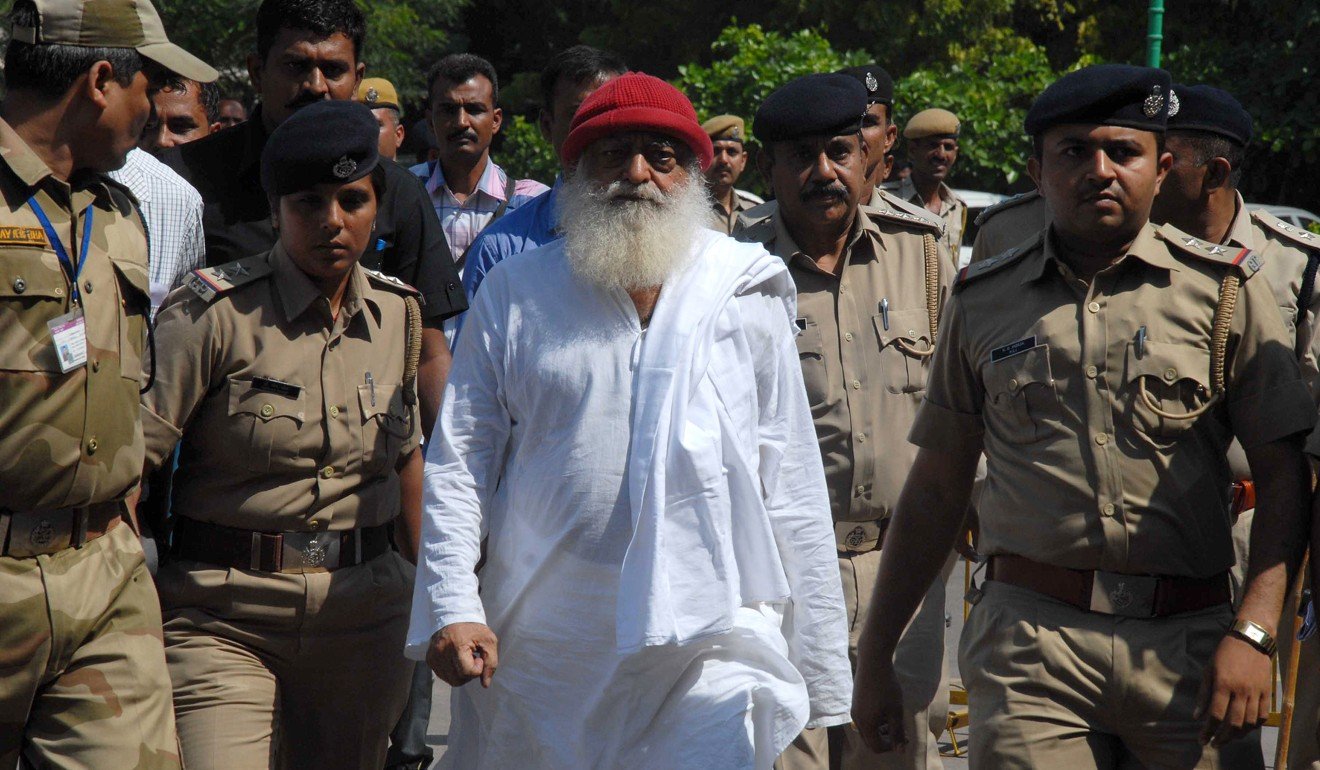" In the by Sarito Carroll of Enlightenment is the gripping story of Carroll's childhood inside the Osho Rajneesh cult—one of the most controversial spiritual movements of the 20th century. While in the commune, Sarito was submerged in a world where devotion and freedom clashed with manipulation, sexual misconduct, and neglect. This was the life she knew until the movement collapsed amid scandal and criminal charges in 1985, when sixteen-year-old Sarito was thrust into a society she knew little about.
Now, decades later, after battling shame, fear, and self-doubt, Sarito breaks her silence to expose the abuse, exploitation, and disillusionment she endured in the Rajneesh community. She stands up against this formidable spiritual institution that promised liberation while concealing dark secrets behind its facade of love and joy. With raw honesty and heart-wrenching clarity, she recounts her fight to reclaim her identity, confront the community's betrayal, and heal on her own terms. It is a powerful story of survival, resilience, courage, and hard-won freedom."
John Huddle lived in Western North Carolina. In addition to writing his blog, religiouscultsinfo.com, He serves as a board member of the "Faith Freedom Fund," a non-profit group helping survivors from high demand religious groups. Since publishing "Locked in," John has become a prominent figure in leading the fight to expose the practices of Word of Faith Fellowship (WOFF) in Spindale, NC. Labeled an "activist" and "critic" of this group by media sources, he has continued to take on new challenges such as organizing and speaking at public meetings, questioning government officials and chronicling the legal troubles for this controversial church. The journey continues with State and Federal investigators now conducting investigations on several fronts involving the leaders of this church. Look for John's next book revealing the struggles and victories after leaving WOFF, expected to be published by December 2018.
" ... After nearly thirty years as a Tibetan Buddhist, Chandler snapped out, and realized she was part of a thousand-year-old Lamaist cult that uses mindfulness, and other contemplative practices, along with ancient and sophisticated techniques, to recruit, commit and entrap westerners into the Tibetan Lamaist medieval world.
Chandler had a front row seat to the Tibetan Lama hierarchy and how it operates, having taken care of the son of Chogyam Trungpa, the notorious 'crazy wisdom guru.' This gave Chandler exposure to not only Chogyam Trungpa's Vajradhatu Shambhala inner workings, but also to dozens of other, interconnected Tibetan lamas, whose ideas and amoral values have been infiltrating our western institutions, by stealth, for the last forty-plus years.
Deep inside the Lamaist Tantric net, Chandler found that all Tibetan lamas teach from the same Vajra-master, coercive plan; whether they call it Shambhala, Mahamudra, Vajrayana, Dzogchen or Mahayana Buddhism. It is all the same: a Tantric cult of mass manipulation and thought-control, designed to undermine the reasoning abilities of educated westerners, change their values, perceptions and behaviors, and turn them into obedient devotees and change agents for the lamas; no longer able to think and act for themselves.
If someone leaves Tibetan Buddhism and dares to be publicly critical, that person is labeled as 'crazy' or a 'liar'; their articles or books discredited; until their message is drowned out. Inside the Lamaist groups, they are vilified and called out as a "heretic." This seals any negative information from getting in or out.
Chandler takes the reader through her own experiences, from her first mindfulness meditation weekend at a Boston Shambhala meditation center through her next decades; studying with many celebrity Tibetan Lamas and their western inner circles; drawn deeper and deeper into their Tantric net. When she finally breaks free, she realizes educated westerners have been purposely targeted to give the lamas currency and cover, as they are slowly turned into irrational members of a regressive, medieval and dangerous cult, while simultaneously believing they are at the cutting edge of enlightened consciousness."
" ... Asumal Sirumalani Harpalani was born in Birani, Sindh Province (currently in Pakistan) on April 17, 1941. His father founded a coal and wood selling business. In 1947, following the partitioning of India and Pakistan, Asumal's parents moved to Ahmedabad. After Asumal's father died, he dropped out of school and took up odd jobs. In 1956, he married Laxmi Devi, and the couple had two children, a son Narayan and a daughter Bhartishree.
During the 1960s Asumal's life moved in a more spiritual direction. He began learning meditation and Yoga from Leelashah Baba, a respected sadhu in Adipur (Gujarat), although it is unclear whether he ever formally became a disciple. During this period he also assumed the name Asaram. He settled in Ahmedabad in 1971 and created an Ashram by 1973. He quickly attracted a large following and began building a network of ashrams, gurukuls and mahila kendras (camps to educate women on their rights). His following included poor villagers but also celebrities and political leaders. By 2013, he claimed a network of 400 ashrams, forty resident schools in eighteen nations, and 40,000,000 followers. His following developed most rapidly in northern India, in part because his discourses were delivered in Hindi. He adopted the title of Sant Shri Asharamji Bapu.
While Asaram's organizational network and his personal popularity were growing rapidly, so was his controversiality. There were allegations of sexual impropriety that stretched back to the late 1990s and ongoing controversy over land-grab schemes by his followers as they built his organizational network. There were controversial deaths of two students at one of his schools. He also made comments about a brutal rape case in 2012 that gained him national notoriety. However, it was in 2013 when he himself was arrested on rape charges that Asaram and his organization faced a transformative moment."






